Unlock the secrets to growing delicious Okra right in your backyard! This comprehensive guide covers everything from planting and caring for Okra to harvesting techniques, ensuring a bountiful crop of this nutrient-rich vegetable.
Okra, with its distinctive ridged pods, is a beloved vegetable in many cuisines, particularly in the southern United States. Not only is it deliciously versatile in the kitchen, but it’s also a nutritional powerhouse, packed with fiber, vitamins, and minerals. And the good news is, with the right knowledge and techniques, you can easily grow your own okra right at home!
In this quick guide, we’ll walk you through the entire process of growing okra, from planting to harvesting. Whether you’re an experienced gardener or a complete beginner, you’ll find all the information you need to cultivate a thriving okra crop in your backyard or garden.
| Attribute | Information |
|---|---|
| Botanical Name | Abelmoschus esculentus |
| Plant Type | Annual vegetable |
| Zones | 4-11 |
| Exposure | Full sun |
| Planting Time | Spring |
| Height/Spread | Height: 3-6 feet Spread: 1-2 fee |
Getting Started: Choosing the Right Okra Variety

Before you dive into planting, it’s essential to choose the right okra variety for your growing conditions. Here are a few popular options to consider:
1. Clemson Spineless

This open-pollinated variety is a classic choice known for its high yields and smooth, spineless pods that are easy to harvest.
2. Burgundy

With its stunning red pods, this heirloom variety not only delivers great flavor but also adds a pop of color to your garden.
3. Lee’s Purple Pal
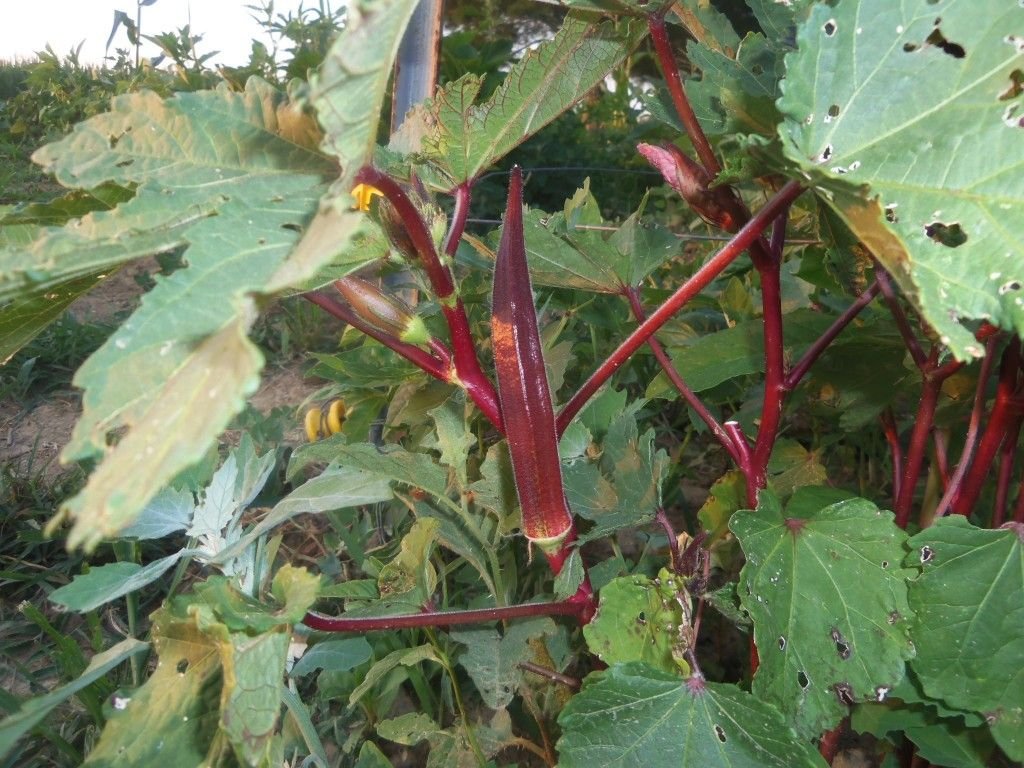
If you’re looking for something unique, this variety produces beautiful purple-tinged pods that turn green when cooked.
4. Cowhorn Okra

As the name suggests, this heirloom variety has long, curved pods that resemble a cow’s horn, making for an interesting addition to your garden.
Once you’ve selected your preferred variety, it’s time to prepare your planting site.
Planting and Growing Okra
Okra thrives in warm weather and well-drained soil, making it an ideal crop for many parts of the United States. Here are some tips for planting and growing okra successfully:

Timing
Okra is a warm-season crop that should be planted after the last frost date in your area. The ideal soil temperature for planting is between 65°F and 85°F (18°C and 29°C).
Site Selection
Choose a spot that receives at least 6 hours of direct sunlight per day and has well-draining soil. Okra doesn’t tolerate waterlogged conditions, so avoid low-lying areas or heavy clay soils.
Soil Preparation

Okra prefers slightly acidic soil with a pH between 6.0 and 6.8. Amend your soil with compost or well-rotted manure to improve fertility and drainage.
Planting Depth
Sow your okra seeds about 1 inch deep and 12 to 18 inches apart in rows spaced 3 to 4 feet apart. This allows ample room for the plants to grow and ensures good air circulation.
Watering
Keep the soil consistently moist, but not waterlogged, during the growing season. Okra plants have deep taproots and will require regular watering, especially during hot, dry periods.
Mulching
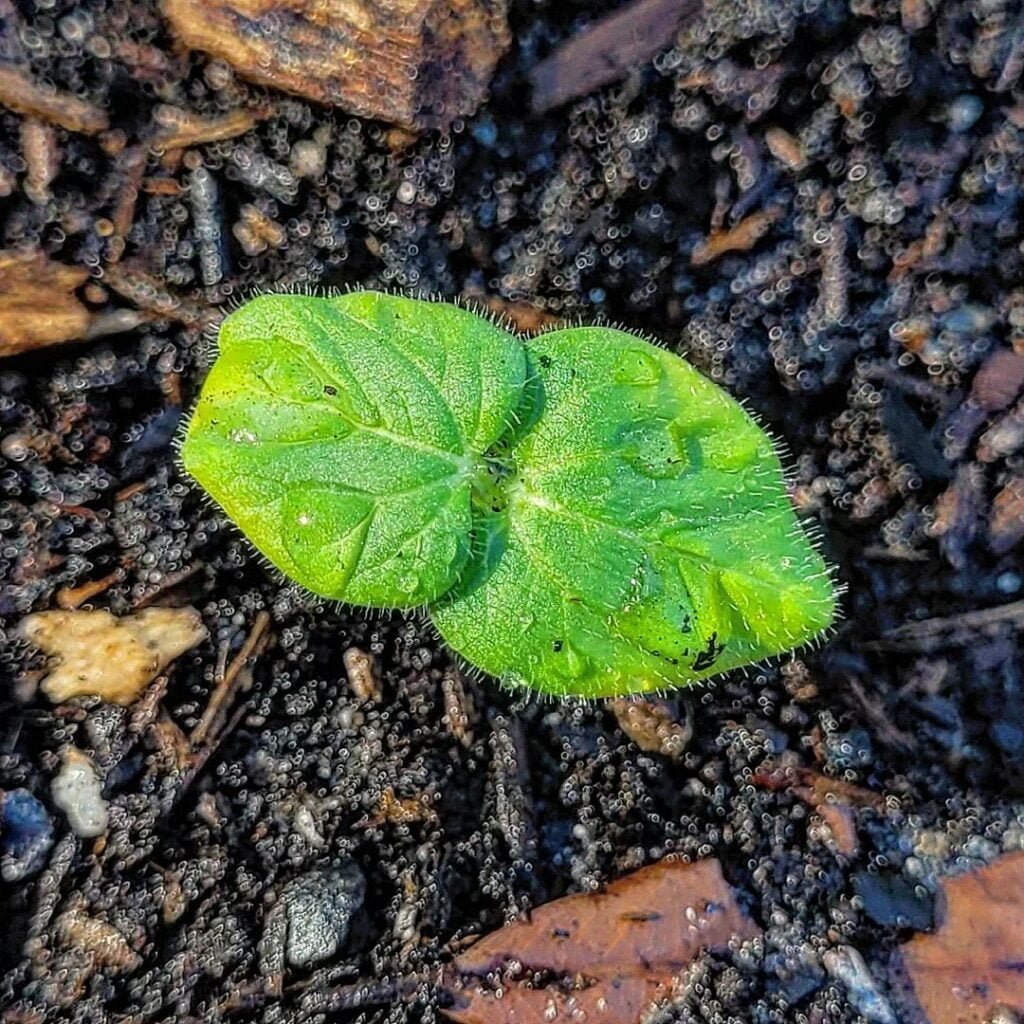
Applying a 2-3 inch layer of organic mulch around your okra plants can help retain moisture, suppress weeds, and regulate soil temperature.
With the right planting techniques and care, your okra seedlings should emerge within 7 to 10 days, and you’ll be well on your way to a bountiful harvest.
Caring for Your Okra Plants
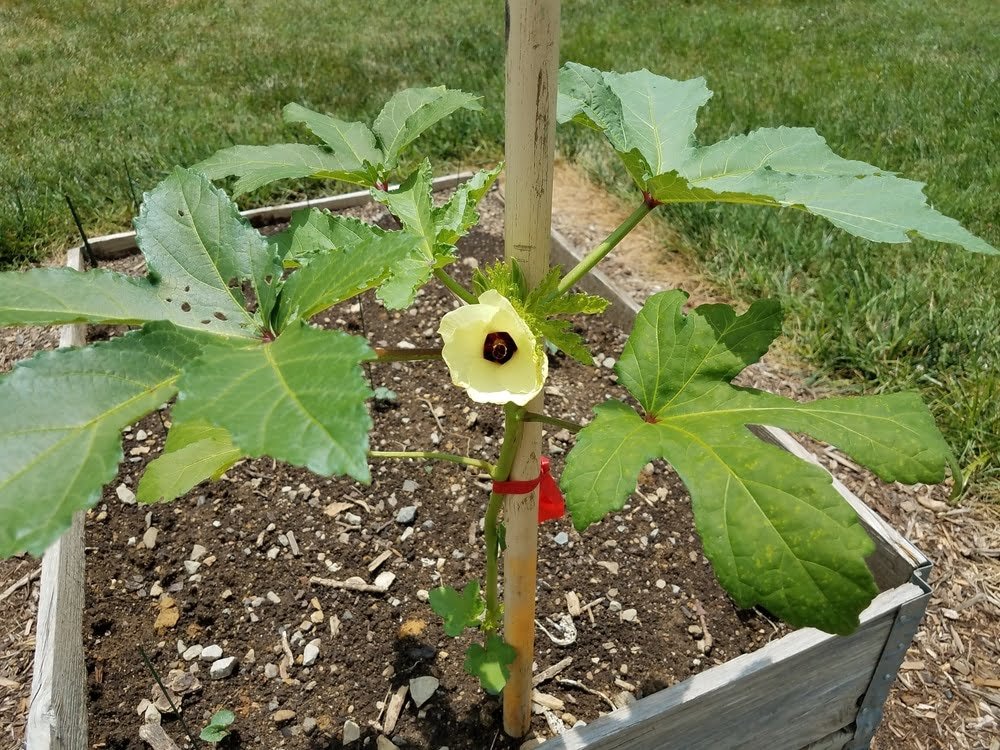
While okra is generally a low-maintenance crop, there are a few key care practices to keep in mind for optimal growth and production:
Fertilizing
Okra is a heavy feeder and will benefit from regular fertilization. Apply a balanced vegetable fertilizer or compost tea every 4 to 6 weeks during the growing season.
Pruning
While not strictly necessary, pruning can help promote bushier growth and higher yields. Remove any damaged or diseased stems, as well as any branches that are growing inward or crossing over others.
Pest and Disease Management
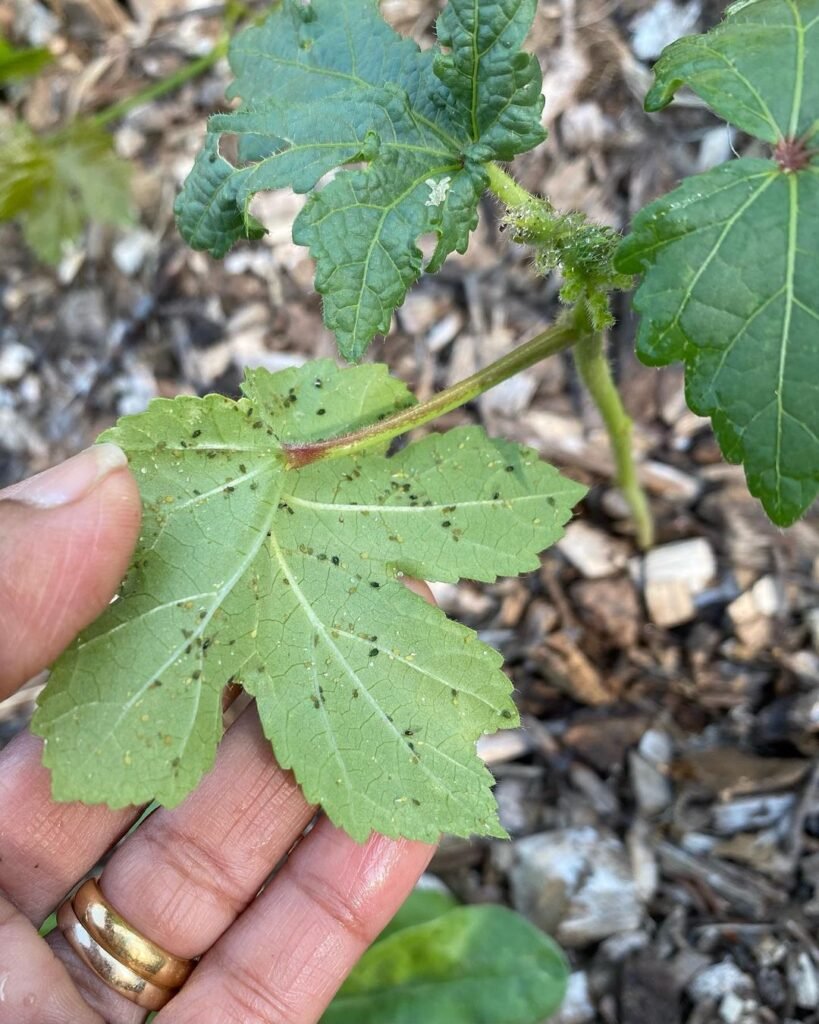
Okra can be susceptible to pests like aphids, stink bugs, and Japanese beetles, as well as diseases like verticillium wilt and powdery mildew. Monitor your plants regularly and take appropriate action using organic or chemical controls if needed.
Staking or Trellising
As okra plants mature, they can become top-heavy and benefit from support. Consider staking or trellising your plants, especially if you live in a windy area.
Companion Planting
Okra is a great companion plant for other vegetables like peppers, eggplants, and tomatoes. It can also benefit from being planted near marigolds, which can help deter nematodes.
By following these care guidelines, you’ll be setting your okra plants up for success and maximizing their potential for a bountiful harvest.
Harvesting and Enjoying Your Okra
One of the most rewarding parts of growing okra is, of course, the harvest! Here’s what you need to know about harvesting and enjoying your homegrown okra:
Timing
Okra pods are ready to be harvested when they are 2-4 inches long and still tender. Check your plants every 1-2 days, as okra can quickly become tough and woody if left on the plant too long.
Harvesting Technique
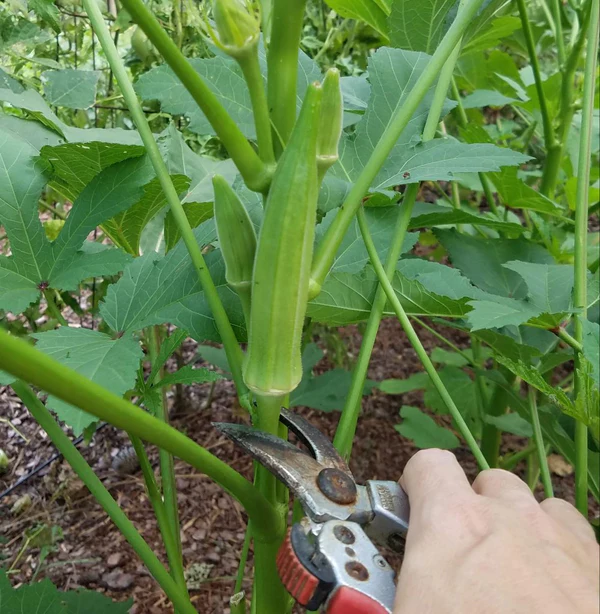
Use a sharp knife or pruning shears to cut the okra pods from the plant, being careful not to damage the branches or stems. Grab the pods near the cap and twist gently to remove them.
Storing
Fresh okra will keep for 3-5 days when stored in a plastic bag in the refrigerator. For longer storage, you can blanch and freeze okra pods for up to 8-10 months.
Cooking and Recipes
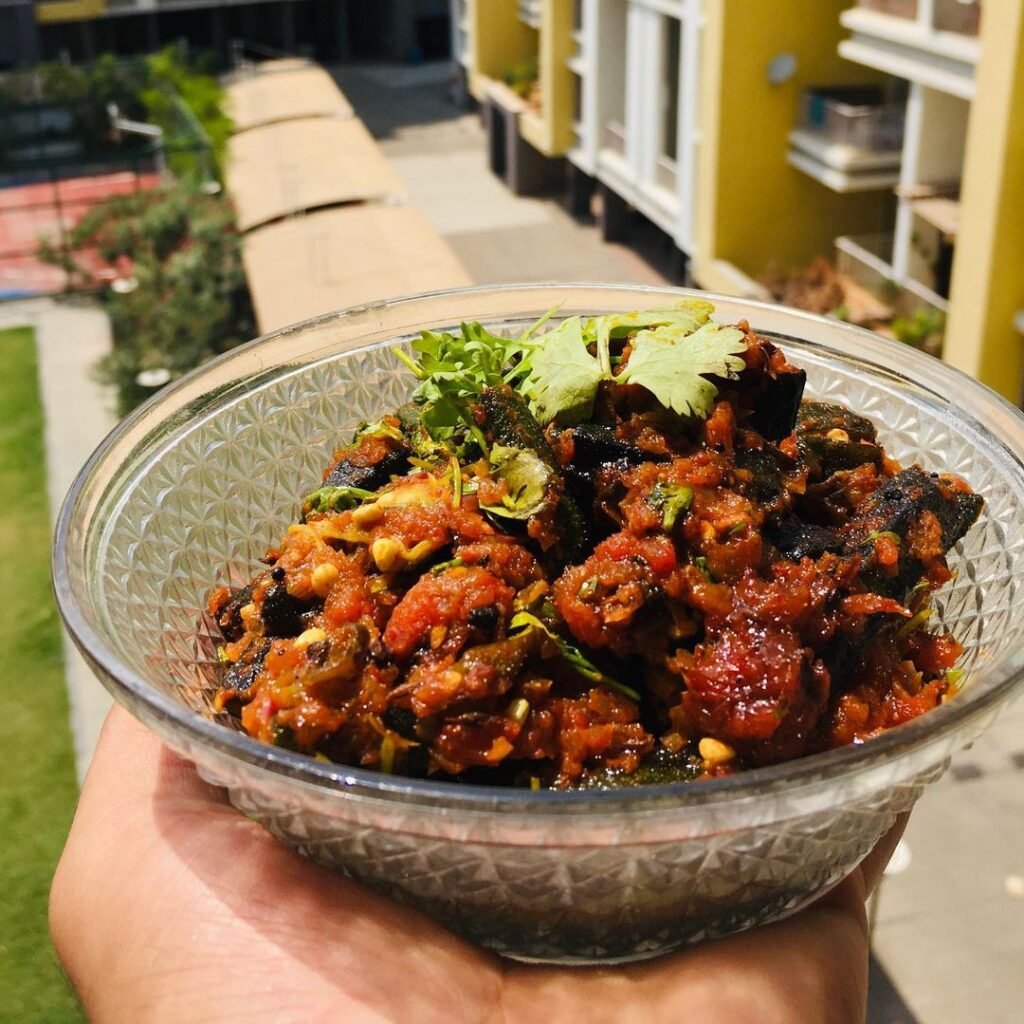
Okra is incredibly versatile in the kitchen and can be fried, grilled, sautéed, or added to soups and stews. Some popular dishes featuring okra include gumbo, bhindi masala, and okra fritters.
Nutritional Benefits
In addition to its delicious flavor, okra is packed with nutrients like fiber, vitamins C and K, folate, and antioxidants. It’s a great addition to a healthy diet.
By following these harvesting and storage tips, you can enjoy the fresh, delicious flavor of homegrown okra for weeks or even months after your initial harvest.
Okra is a truly rewarding crop to grow at home, offering a unique combination of flavor, nutrition, and cultural significance. With its relatively low maintenance requirements and abundant yields, it’s an excellent choice for both novice and experienced gardeners alike.
So why not give it a try this growing season? Whether you’re adding okra to your existing vegetable garden or starting a dedicated patch, the rewards of fresh, homegrown okra are well worth the effort. Happy gardening!
Pingback: Okra Plant: How to Grow, Care For, and Harvest ...
Pingback: 17 Veggies to plant in Summer Gardens -
Pingback: Growing Beans: A Complete Guide to Homegrown Goodness in Your Garden
Pingback: Carrot Goodness: A Step-by-Step Guide to Growing Own at Home
Pingback: Lychee Legends: Unveiling the Secrets of Successful Growth
Pingback: The 14 Best Fruits To Grow In Containers - Gardener's School
Pingback: Grow Your Own Lemon Tree: A Comprehensive Guide for Sweet Success!
Pingback: From Patio to Plate: The Best Vegetables to Grow in ...